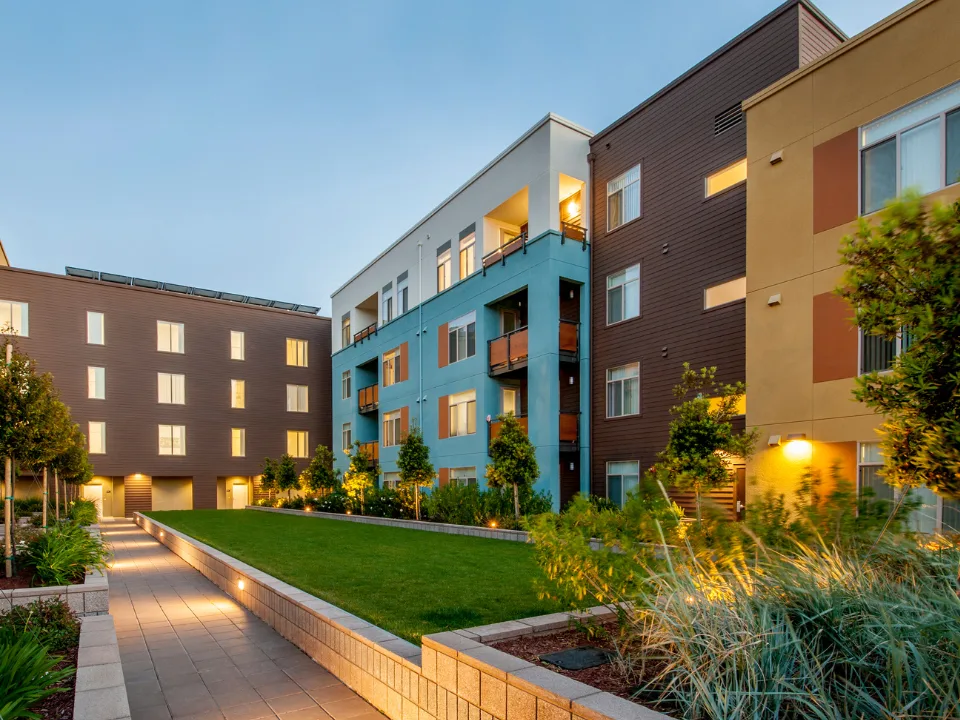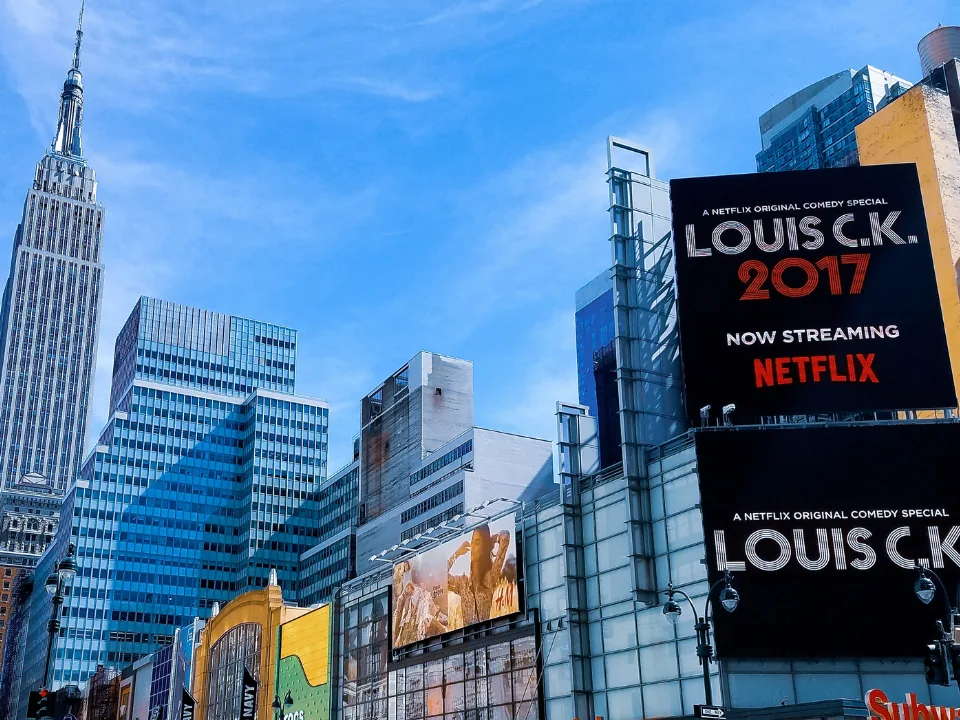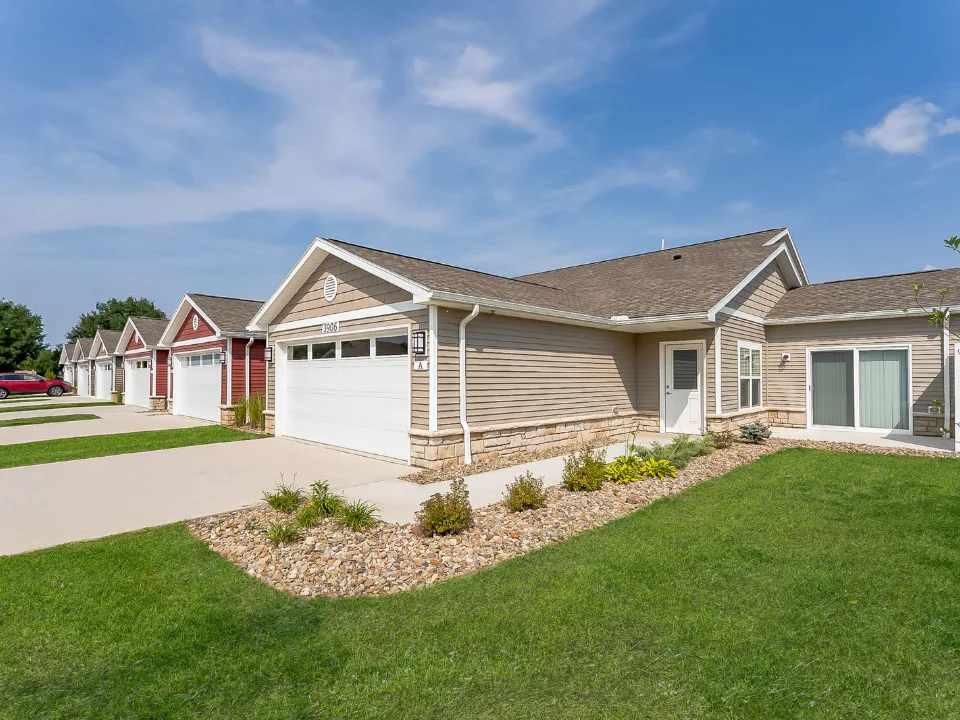- Mixed-use youth sports complexes like The Dynasty in Florida are drawing major investment, as families spend more on travel leagues and tournaments.
- The US youth sports economy is worth over $50B, driving the development of facilities with hotels, retail, and entertainment options.
- Cities are embracing public-private partnerships to turn youth athletics into long-term economic development tools.
Youth Sports Go Big-Time
According to Bisnow, youth sports are now a major force in real estate. Montierre Development plans to break ground this year on The Dynasty, a $1B sports-driven project in Ocoee, Florida. The 159-acre complex will feature 150,000 SF of high-tech indoor facilities, 17 multi-use fields, two hotels, and 350,000 SF of retail, dining, and entertainment space.
From Weekend Games to Vacation Destinations
American families are spending more than ever on kids’ sports. According to the Aspen Institute, they spent $40B in 2024 — twice the revenue of the NFL. On average, families invested $1,016 per child in their main sport, including $414 for travel and lodging. When accounting for multiple sports, that total reaches $1,500.
Anne-Marie Douglas of Montierre Development explained the appeal: “You may come for two hours of sports, but then you have 22 hours of hospitality to enjoy as a family.”
Get Smarter about what matters in CRE
Stay ahead of trends in commercial real estate with CRE Daily – the free newsletter delivering everything you need to start your day in just 5-minutes
Developers and Cities See Opportunity
Developers aren’t the only ones paying attention. Cities like Springfield, Illinois, and Overland Park, Kansas, are helping fund these complexes to drive tourism and boost local economies. For example, Springfield partnered with Legacy Pointe Development on the 276-acre Legacy Pointe project, which includes the $67M Scheels Sports Park.
Steve Luker, the project’s developer, said their original plan grew significantly after realizing how much time and money families spend at tournaments. “Families come in Thursday night and stay until Sunday. They never have to leave the development.”
Public-Private Partnerships Are Fueling Growth
To fund these large-scale developments, municipalities often provide land, subsidies, and tax incentives. In Kansas, the $125M AdventHealth Sports Park received $53M in state-issued bonds. New Lenox, Illinois, designated 70 adjacent acres for hotels and retail to help fund its Crossroads Sports Complex.
These incentives create a ripple effect. Sports events drive hotel stays, restaurant visits, and retail spending — giving cities a strong return on investment.
Private Equity Moves In
The growing market has also caught the eye of private equity. Firms are consolidating fragmented leagues and tournaments, creating national networks. Cameron Korab, founder of Youth Sports Business Report, likened the trend to combining Disney World with weekend sports. “Parents are spending not just their weekend, but their whole summer at these events.”
A Model That’s Still Evolving
Some projects, like The Dynasty, are fully developer-owned. Others are trending back toward public ownership. Jason Clement of Sports Facilities Cos. said local governments want to control these facilities to ensure community access and long-term use. They’re also using hotel taxes and tax increment financing to support ongoing costs.
While the model is promising, it’s not without risk. A $250M project in Arizona collapsed earlier this year after its developers were charged with securities fraud. Clement cautioned that investors often overestimate revenue without fully understanding the operational challenges.
Still Room to Grow
Despite slight declines in participation — from 56.1% pre-pandemic to 54.6% now — interest in sports-driven development remains strong. Clement believes the market is far from saturated. “I don’t think it’s been overbuilt,” he said. “I think it’s drastically underbuilt.”
The Bottom Line
Youth sports have evolved into a powerful economic engine. As families spend more on travel and tournaments, cities and developers are working together to build multi-use destinations that serve both athletes and local economies. The boom shows no signs of slowing down.


















